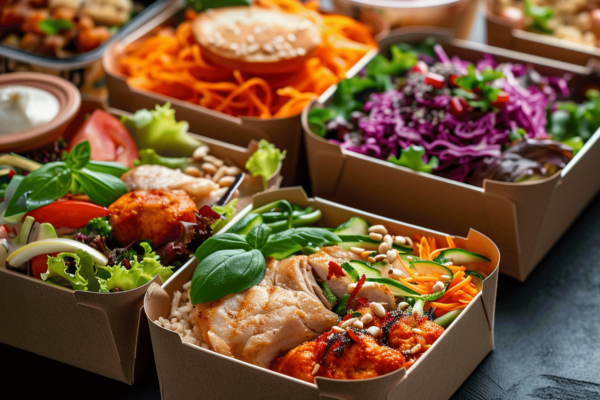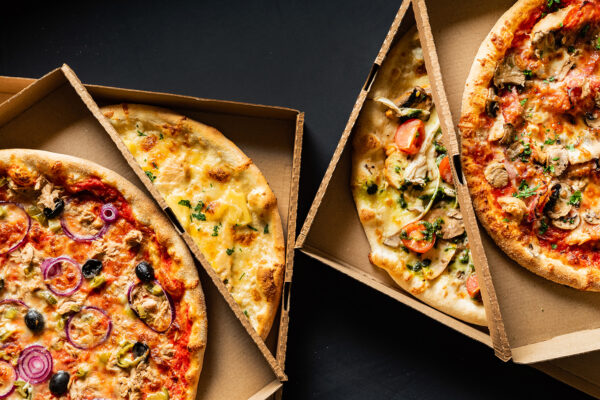…toast is evolving as operators across the country come up with new ideas to keep it interesting and exciting.
It feels like just yesterday we were making fun of the new food trend on the block–artisanal toast. “There’s officially no reason to try to save our species,” wrote C.A. Pinkham on Jezebel’s Kitchenette blog in 2014, after the toast trend had just started to pick up. “Let’s just send the earth crashing into the sun and be done with it.” Even more snark was directed at perhaps the poster child for the trend—avocado toast—and how it was said to keep millennials from their dreams of home ownership.
Now, after a few years of living in the glorious age of toast, is the trend over? Far from it. Despite every editor’s desire to publish headlines (“Toast is toast”), toast, like any true food trend, went mainstream. Avocado toast alone grew 85% on U.S. menus in just the past year and Haiku, Datassential’s machine learning trend prediction engine, predicts it will nearly double its menu penetration in the next four. Now it’s on the menu at national chains like Cheesecake Factory and Baker’s Square.
So, also like any good food trend, toast is evolving as operators across the country come up with new ideas to keep it interesting and exciting. Now high-end toasts are showing off exotic flavors, bespoke fruits and vegetables grown just for the restaurant, cultured butters, and drizzles of this and sprinklings of that (think espelette pepper, “everything bagel” seasoning, or Marash chili flakes). Ingredients are often artfully arranged on top of the bread in celebrations of plant-based color and texture, ready for their “shot from above” Instagram close-up.
Urban Farmer, a modern steakhouse concept in Denver, tops its take on avocado toast with a schmear of hummus and a sprinkle of crispy quinoa and bee pollen from the restaurant’s rooftop beehives. In Rochester, NY, the East Coast Toast food truck serves toast every which way—with honey ricotta topped with lemon zest and flecks of lavender, street corn avocado, or hand-whipped sweet cream cheese and apples infused with local apple pie whiskey.
But it all starts with the foundation of any great toast: the bread. Luckily, the passion for great bread continues to grow across the country, bringing with it a respect and even reverence for great bread bakers and a knowledge of what makes a good crumb structure, resulting in consumers who won’t recoil at a $6+ price tag on artisan toast. Operators are using house-ground flours made from local grains, special ingredients like sprouted grains or spent grains from nearby breweries, or global options like Hokkaido milk bread. At Divya’s Kitchen in New York, the avocado toast features house-made einkorn-barley bread topped with watermelon radishes and sour cream. Uncommon Ground, a seasonal restaurant in my neighborhood here in Chicago that uses produce from their rooftop farm, uses spent grains from their own brewery for their avocado toast, which is topped with sunflower sprouts and a dukkah-spiced egg.
If you’re looking for more global toast flavors and inspiration, look to the toast-centric restaurants of Singapore and Malaysia, where toast topped with kaya jam—a coconut-pandan-egg custard—is the norm. At Toast Box, with over 70 locations in Singapore, you can have your toast spread with kaya jam, housemade peanut butter, or traditional butter from the foot-and-a-half tall butter cone that’s on the serving line at all times. Stateside, try a boldly-colored version of kaya toast at San Francisco’s Breadbelly, where the lime green kaya jam is piped onto the thick slice of milk bread.
But, while the toast trend continues to evolve, I’m most excited about the return of the greatest piece of toast I’ve ever had. Here in Chicago, Michelin-starred chef Iliana Regan shuttered her Bunny micro-bakery in 2016, taking with it her iconic foie gras toast. It started with a thick slice of house-made brioche that had been seared in a buttered pan, which was topped with a helping of local, seasonal, not-too-sweet jam and finished with rich foie gras molded into the shape of an owl. It was expensive, twee, and delicious. Thankfully, she recently announced the bakery will reopen again, taking over the morning hours at her Japanese izakaya, Kitsune.
And if the whole idea of foie gras owls and artisan toast still feels a little precious to you, you can always go back to calling it bruschetta. Or crostini. Or a tartine. Or an open-faced sandwich.
Mike Kostyo is the resident Trendologist at Datassential






